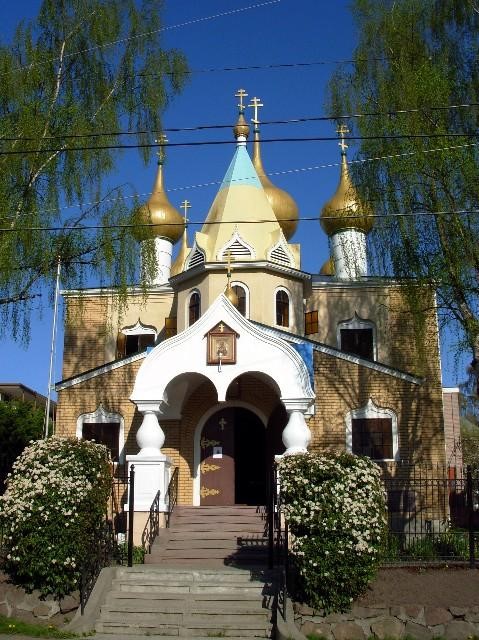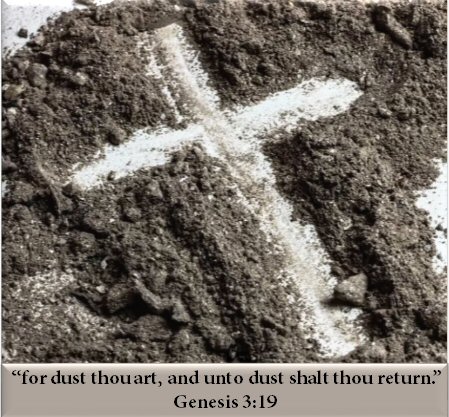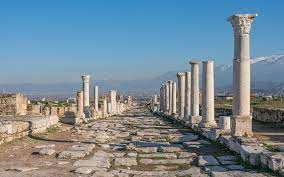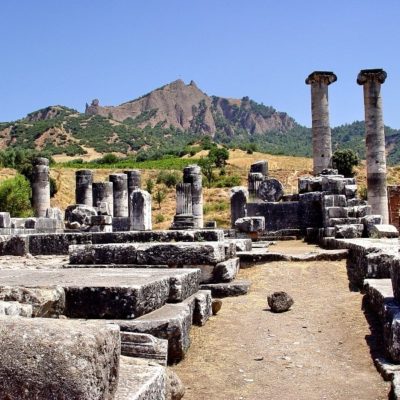Holy Orthodox Church in North America

The Holy Orthodox Church in North America originally was under the control of the Greek Orthodox Archdiocese of America. They consider themselves as being the true remnant of the Orthodox Church. The followers are also known as the “Panteleimonites”.
The leader of the Holy Orthodox Church in North America is Archimandrite Panteleimon (Metropoulos) developed in the Greek Orthodox Archdiocese of America. Archimandrite Panteleimon (Metropoulos) had great charisma and attracted many followers to the monastic life. He founded the Holy Transfiguration Monastery and the convent along with a number of parishes that followed this influential leadership.
Archimandrite Panteleimon (Metropoulos) broke away from the Greek Archdiocese under the control of Archbishop Iakovos (Coucouzis of America) because of the supposedly increase of modernism and ecumenism, and joined into the Russian Orthodox Church outside Russia, also known as the ROCOR in 1960. The Holy Orthodox Church in North America later broke with the ROCOR after there were allegations of sexual misconduct in 1986, at Holy Transfiguration Monastery in Brookline, Massachusetts. The second stated reason for the break with the ROCOR was because they were following the Ecumenical Movement.
The Holy Orthodox Church in North America is divided into three Metropolises and has three Hierarchs. The three Metropolises are Seattle, Boston, and Toronto. Their three Hierarchs are Moses Bishop of Seattle, Ephraim, Metropolitan of Boston, Makarios, Metropolitan of Toronto, and. All three were monks at Holy Transfiguration Monastery under Panteleimon.
History
The Holy Orthodox Church in North America was led by the Elder of the monastic communities, Archimandrite Panteleimon (Metropoulos), under the theological doctrine of the Greek Orthodox Archdioceses of America. Archimandrite Panteleimon (Metropoulos) is credited with bringing in many followers into the monastic life and founding the Holy Transfiguration Monastery as well as a number of convents and parishes because of his charisma.
Archimandrite Panteleimon (Metropoulos) was born June 21, 1935 in Detroit, Michigan and given the name of John Metropoulos. His father, George Metropoulos, was a Greek immigrant and a 32 degree Mason, and his mother, Eugenia was a Jewish Greek immigrant. Archimandrite Panteleimon (Metropoulos) had a troubled filled teenage years and was caught stealing, which resulted in a police record for petty theft.
John Metropoulos went to Wayne State University in 1952, and had a roommate, Kenneth Lasky who became an unmarried priest, Father Konan, in the Greek Archdiocese. Father Konan, Kenneth Lasky, was convicted of four felonies of criminal sexual conduct to the third degree in 1988 in which he pleaded guilty. [This can be verified in the public records in Genesee County Court, Flint, Mi case Number 88-39261FH; Judge Ransom, 88-39262FH, Judge Yuille; 88-39263FC, Judge Neithercut. Kenneth Lasky served a 15 year sentence for sexually assaulting three boys at an Orthodox Monastery in Schwartz Creek,Mi]. The importance of the convictions of Kenneth Lasky is that John Metropoulos and Lasky were spiritual brothers and traveled together to the Holy Mountain Athos to become monks. Laskey visited the Holy Transfiguration Monastery regularly and they remained great friends up until the conviction of Lasky.
John Metropoulos visited the Holy Mountain in Greece at the age of twenty one, in 1956, to become a monk. His restless spirit did not find peace on the Holy Mountain or with the monastic life. He did receive the first step in the monastic order, that of Rassophore and was given the name Panteleimon, before leaving Greece. Father Panteleimon Metropoulos took a short trip to Constantinople to visit his godfather, Patriarch Athenagoras, then traveled to Jerusalem and spent seven months in the Holy Land in 1957, then returned to the United States in 1958. His mission was to establish a monastery in the United States. It is believed that Father Panteleimon was ordained a deacon by the Greek Archdiocese, the New Calendarist Church.
Father Panteleimon Metropoulos convinced Richard Stockton, of Harvard University and former professor of Holy Cross Seminary, to purchase a house in Jamaica Plain, Massachusetts, in 1962. This house soon became Holy Transfiguration Monastery.
Father Panteleimon Metropoulos returned to the Holy Mountain in Greece and was Tonsured (this is the religious act of saving a patch on the crown of the heads of priests and monks) in 1963 by a monk at new Skete. He was ordained to the priesthood in 1964 by Metropolitan Vasilios of the Jerusalem Patriarchate. Metropolitan Vasilios was one of the bishops of the Jerusalem Patriarchate who lived with a concubine. Father Panteleimon Metropoulos was ordained a year below the canonical age and not by his own bishops in America as tradition held.
The Holy Transfiguration Monastery was under the Greek Archdiocese until 1965. The fathers of the Holy Mountain strongly recommended that the monastery be taken to the Russian Church abroad, under the confessing bishops of the Russian Orthodox Church. They did not believe Father Panteleimon Metropoulos had the spiritual discernment to make the Holy Transfiguration Monastery work.
There were many young men who would come to the monastery to dedicate their lives to God, but would leave before their three years were up, and would abandon their vows as victims of sexual abuse. It was in the late 1970 when the first victim reported to the bishops that Father Panteleimon Metropoulos had sexually abused him. It was not until January of 1986 when four members of Holy Transfiguration Monastery reported sexual misconduct against the superiors at Holy Transfiguration Monastery. Named in the allegations of sexual misconduct were Father Panteleimon and the administrator Father Isaac.
The synod of bishops of the Russian Orthodox Church Outside Russia, ROCOR set up a commission to investigate the allegations of sexual misconduct. The result of the commission was based on the six accusers who presented testimony to the Synod. Father Panteleimon denied the allegations but did agree to be relieved of his duties as superior. In May 1986, the Synod suspended Panteleimon and appointed Father Isaac as temporary administrator. In November 1986, both Panteleimon and Isaac were both suspended and a commission was ordered to investigate allegations against Father Isaac, which resulted in all the clergy who followed them being charged with schism. Father Justin was appointed as administrator.
In December 1986, the Holy Transfiguration Monastery elected Father Isaac as its superior and that same month the monastery informed Metropolitan Vitaly (Ustinov) of New York that the Holy Transfiguration Monastery was leaving the Russian Orthodox Church outside Russia, ROCOR because of modernism and ecumenism.
The Holy Transfiguration Monastery incorporated a new organization called the Holy Orthodox Church in North America or HOCNA.
Belief
The Holy Orthodox Church in North America believes their undivided Church began on the day of Pentecost which is fifty days after the Resurrection of Christ. These Orthodox Christian remained faithful to the complete teachings of Jesus Christ and the apostles. They oppose anyone who was called heretics and promoted false doctrines and beliefs.
The Holy Orthodox Church in North America believe in the Holy Scripture and the holy tradition, the canons of the seven councils, and the teachings of the anti-Nicene Fathers.
The services of The Holy Orthodox Church in North America are based on the original liturgy composed by James, who was the first bishop of Jerusalem.
Cite Article Source
MLA Style Citation:
Holstein, Joanne “Holy Orthodox Church in North America:.” Becker Bible Studies Library Jan 2006.<https://guidedbiblestudies.com/?p=2717,>.
APA Style Citation:
Holstein, Joanne (2006, January) “Holy Orthodox Church in North America:.” Becker Bible Studies Library. Retrieved from https://guidedbiblestudies.com/?p=2717,.
Chicago Style Citation:
Holstein, Joanne (2006) “Holy Orthodox Church in North America:.” Becker Bible Studies Library (January), https://guidedbiblestudies.com/?p=2717, (accessed).


